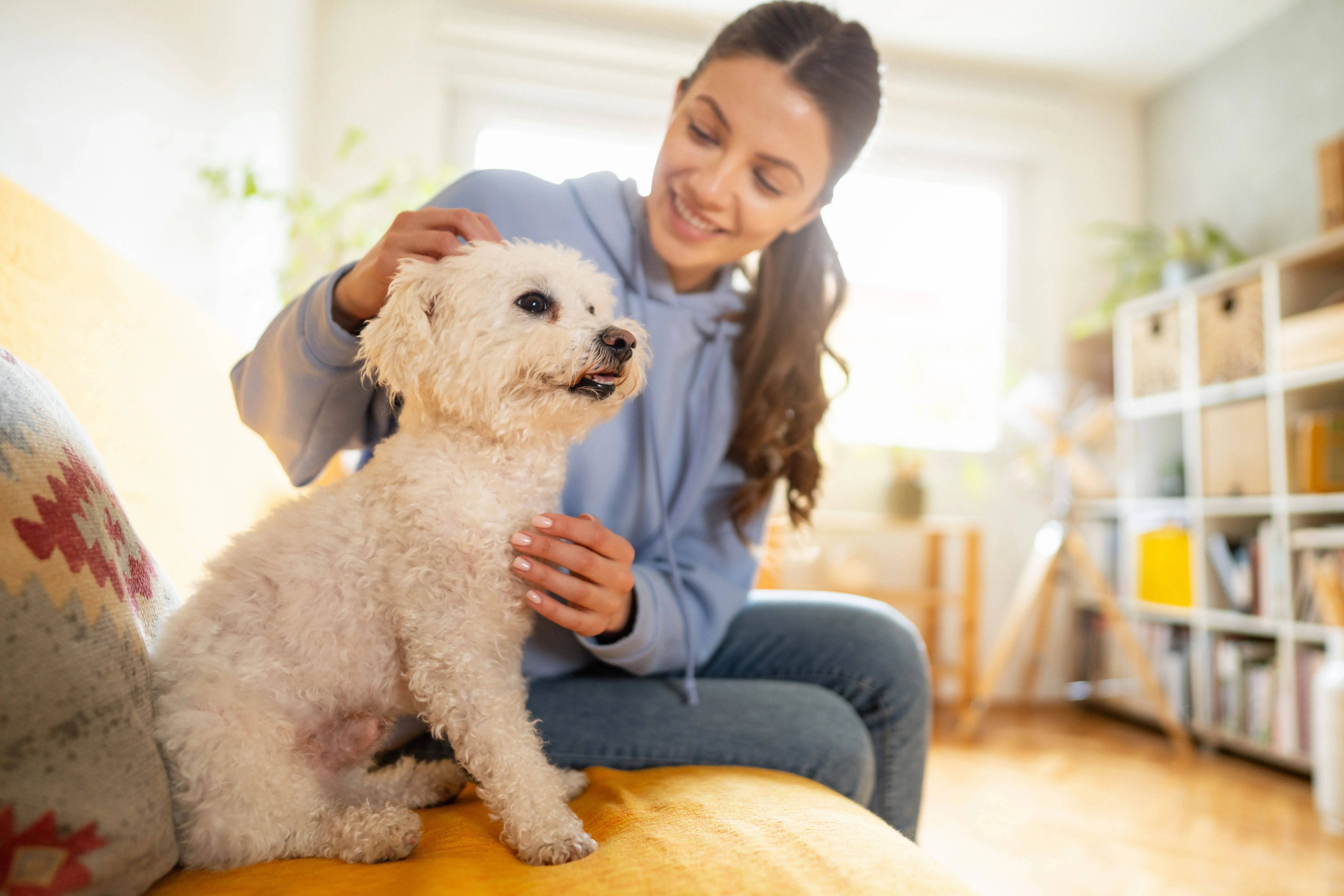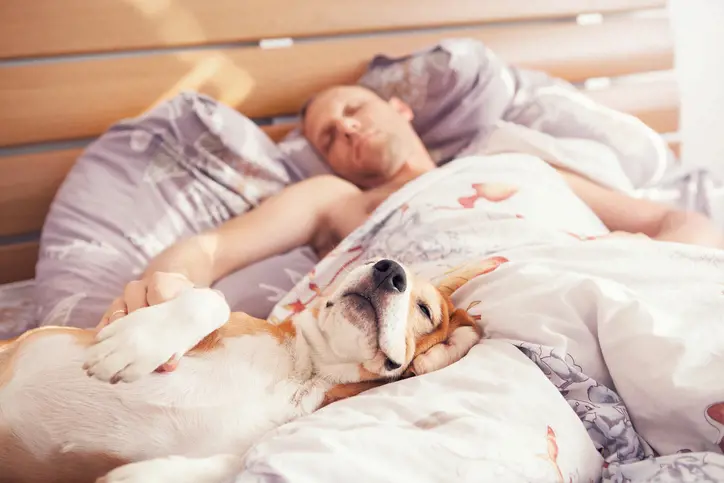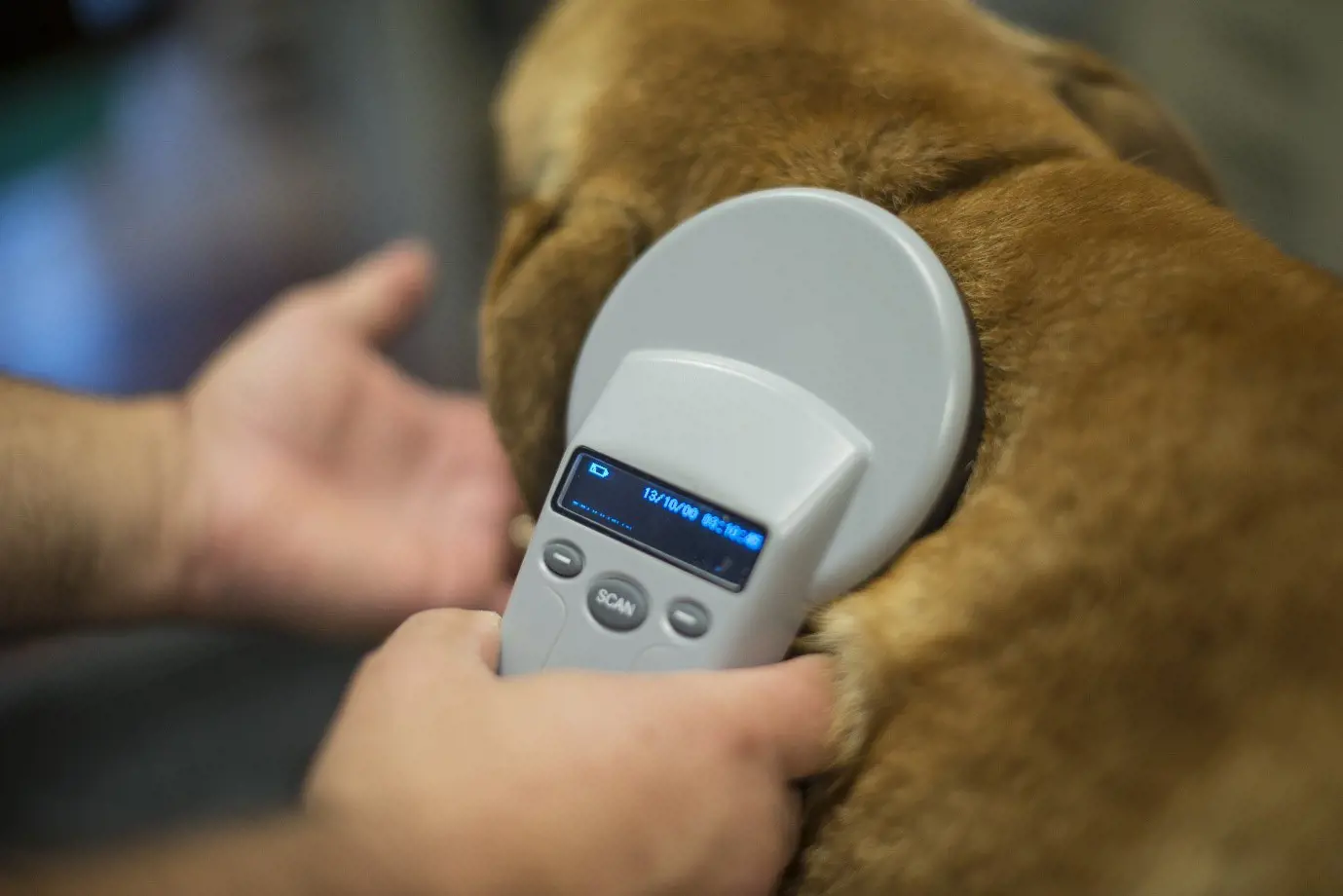What happens at puppy training classes?
2nd July, 2020
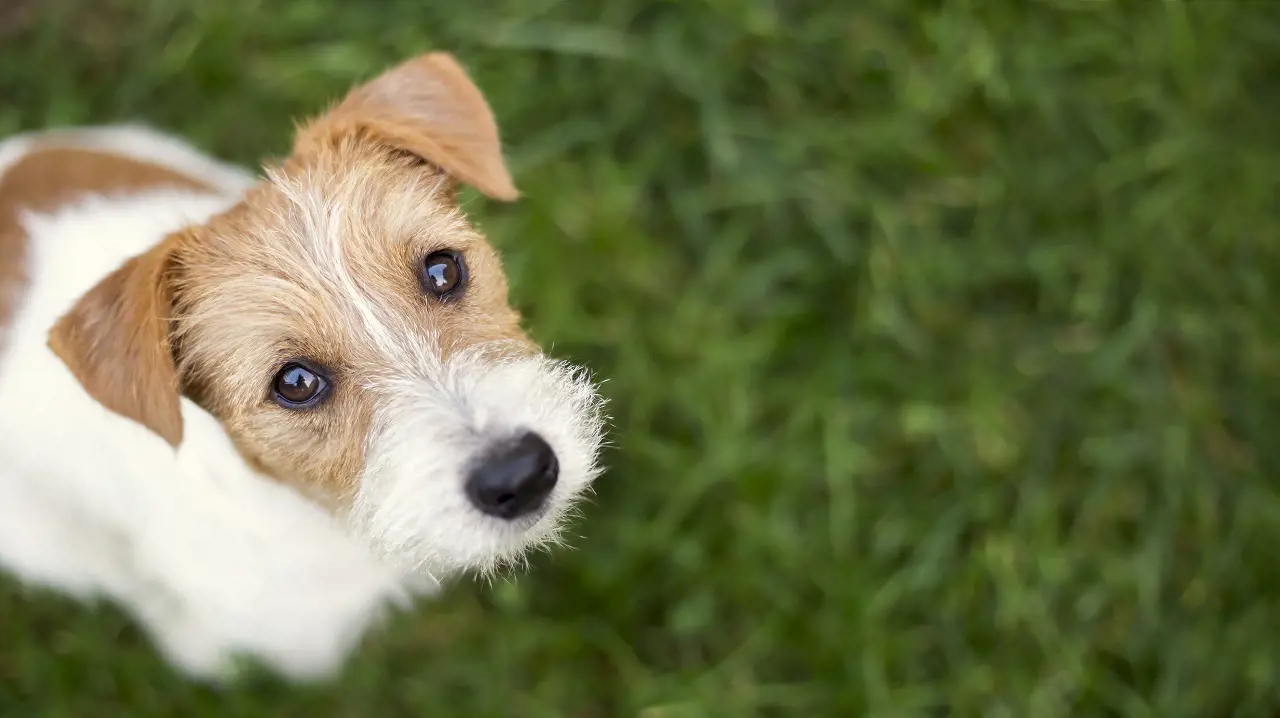
Puppies are adorable bundles of fun, but they are also a big responsibility.
There is a limited period in which to teach young dogs the good habits and behaviours that will see them through life. Get it wrong in this crucial time and you will end up with a badly-behaved pooch.
Far too many dogs are abandoned each year because they haven’t been taught how to behave as puppies. Make sure your dog has the best start in life by taking him or her to puppy training classes and protect your pooch with Purely Pets dog insurance.
What does a puppy need to learn?
There are four main things a puppy needs to learn: socialisation, bite inhibition, obedience and tolerance of handling. Let’s look at these in turn.
-
Socialisation
Your puppy needs to learn how to cope with life beyond your family and your home. This means mixing with other dogs, humans and other animals as well as coping with new places and situations.
New sights, smells and sounds are very exciting to a puppy but they need to learn how to behave in a suitable way.
Puppy classes will show your pet lots of different people as well as new obstacles such as ramps and tunnels to get them used to more variety in their environment.
-
Bite inhibition
Puppies need to learn how to control the pressure of their mouth. Bite inhibition means the dog is conditioned not to bite down hard if they ever bite.
It is not possible to prevent a dog from biting in any situation, for example when scared, sick or injured but bite inhibition means they should not clamp down hard.
Just like babies, puppies naturally want to explore the world by nibbling and chewing things.
Around six months of age, puppy jaws strengthen and if they have not learned bite inhibition by this age, they can cause real injury or damage.
It is important for a dog to obey the command to leave something by this point.
-
Obedience
At the very least, a puppy needs to recognise a name call and obey commands to sit, lie down, walk on a leash, come and stay.
If your pup does not learn obedience, he or she will not be under control, which could be dangerous for them and for others as they grow into a full-sized dog.
You are responsible for ensuring your pet does not harm others, so this is an important duty as a dog owner. Don’t forget to check whether your dog insurance policy covers you for harm caused by your pet.
-
Tolerance of handling
This is about more than you snuggling with your little ball of fluff – a pup needs to learn how to respond when other, unfamiliar people touch or restrain them.
In the course of their life, your dog will be touched by vets, groomers, and other people (including children).
They need to respond in an appropriate way to make life easier and prevent biting. Teaching your dog to tolerate and even respond positively to touch will make life much easier in the long run.
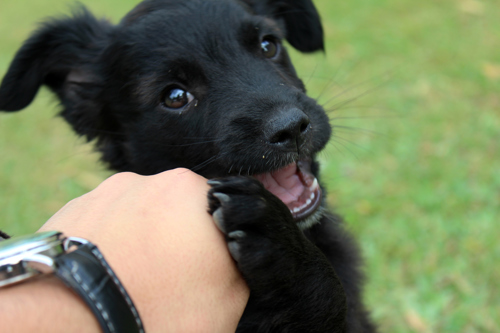
What happens if you don’t train your puppy?
An untrained pup might not be too much of a problem while tiny, but the bigger your dog becomes, the more impact undesirable behaviours will have.
Without training, puppies tend to jump at or onto humans, mouth at them, bark a lot, urinate wherever they fancy and chew anything they like the look of.
Combined with the risk of biting, a dog who has not been trained properly is likely to be unpleasant to live with.
Dogs like this may even end up at re homing centres, where many will be put to sleep because people who want to take on dogs with behavioural problems are few and far between.
The responsibility of helping your dog learn how to behave can be stressful and time consuming.
You should understand the individual needs of a puppy before taking one on, and research the character traits of your chosen breed carefully.
Even then, raising a puppy can be challenging – the peer support you will find in a puppy class can be valuable and may even result in new friendships.
A puppy class is a judgement-free zone where you can raise issues you are struggling with and find positive solutions.
Understanding canine behaviour
Training your puppy will be much easier if you have an understanding of what makes dogs tick and how you can read their body language.
There are cues that can show you how your dog is feeling so you can step in before things go too far – for example, if you respond at the first signs of stress in your dog you can avoid them becoming more stressed and growling or barking.
Learning about your dog’s body signals can help you facilitate socialisation with other dogs and with humans.
As you read your dog’s signals, you can help them to follow their own pace in coping with new stimuli. Find out about dog behaviour from the Dog’s Trust.
Paying attention to your dog’s barking is also a useful tool. Every dog barks a little differently.
Once you know your pup, you will understand when they yap or howl out of frustration, fear, or excitement and you can respond appropriately.
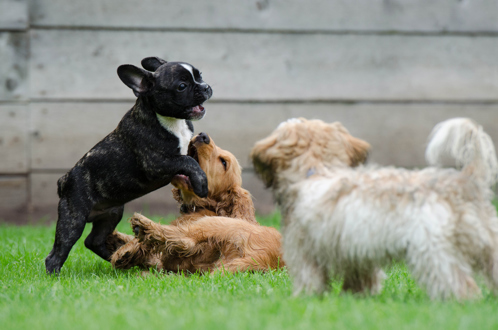
Top puppy behaviour problems
No puppy is perfect – they all play up from time to time as a normal part of their learning process.
The important thing is to reinforce positive behaviours and prevent unwanted behaviours from becoming embedded.
After the excitement and anticipation of bringing home a puppy, some owners can find the reality of adjusting to life with a dog overwhelming and daunting.
A dog is a 24/7 commitment, and it can be upsetting if it seems that things are not going according to plan.
Common problems with puppies include chewing, soiling and wetting in the house, separation anxiety, nipping, and sleep disturbance, especially during the early days.
At first, the pup will need a huge amount of supervision, reassurance and attention.
It will all get better as you and your dog form a bond and adjust to each other, but there’s no doubt that puppies are hard work.
Just like babies, puppies look adorable in pictures but they can turn your world upside down.
Life might not be the way you imagined it would be with a dog and you might even wonder if adopting a puppy was the right choice.
Remember that your puppy is not bad or naughty. He or she simply needs time and help to learn how to live in their new home and respond to new situations. Puppy training classes are a vital part of this process.
You should always take out quality dog insurance policy for your pup at the first opportunity. This can help cover any vet care your new pet may need.
Choosing a puppy training class
It’s never too early to start a gentle puppy training regime. As soon as your pup arrives in your home, you can begin to teach them to respond to their name and introduce a collar and lead.
At first, your pup will learn slowly, for example they may take some time to get the hang of being on a lead and you will need to practice indoors for short sessions at first.
Once your puppy has had their first set of vaccinations, at around eight weeks, you can start to introduce them to other puppies of the same age.
Your vet may be able to help you find other young pups if you don’t know any.
By the time they are 12-16 weeks old and have completed their vaccinations, puppies are ready for real puppy training classes. So, what should you look for in a class? Personal recommendations are always valuable.
An experienced instructor is a must, and you should check their approach – positive approaches that reward good behaviour are preferable to traditional rigid or punishment-based regimes.
Good trainers should let you sit in on a class before signing up.
Look for a ratio of around one trainer to six puppies, avoid chaotic or over-crowded groups and avoid anywhere where dogs are treated harshly or put on choke chains.
The space should be puppy-proofed and clean.
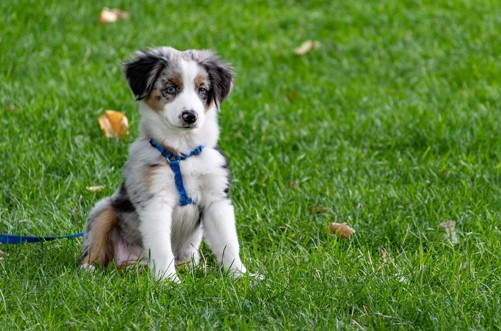
How is teaching carried out in a puppy class?
Your puppy class instructor will lead you through key elements of puppy training, from encountering obstacles to giving commands and encouraging good behaviour.
Other classmates at a puppy class are an invaluable teaching resource in themselves – your puppy will learn a lot from being around the other dogs and people, and they will be more understanding than most of the odd snap or widdle from your young pet.
However, puppy class is all about showing you how to train your dog – the learning really takes place outside of class and you need to be consistent and committed to get results.
Just going to class each week is not enough, you need to apply what you learn all day, every day.
Your teacher will show you how to motivate your pet to learn, using a system of rewards. For example, when your pup does something right you might praise them, call them to you and give them a stroke and a treat.
The dog learns to associate the desired behaviour with something positive. Over time, this becomes embedded in the dog’s mind so they behave appropriately by habit.
Puppy discipline takes a household
Just as raising a child takes a village, raising a pup takes one, too.
It’s not enough for one person from your household to put in the effort to train your new pet – if others in your family follow different rules (or none at all) then the results will be less successful.
The whole family should follow a consistent set of rules, for example how to respond to the puppy jumping up, mouthing, chewing, barking, begging or play biting.
Knowing how to handle these situations will make caring for the puppy more pleasurable – typically, you should interrupt the behaviour and distract with something else then praise the dog for showing a desirable behaviour.
If you have older dogs in your home whose training is a little rusty, this might be a good time to brush up – the older pet will also love having time with you away from the newcomer.
There are plenty of classes for bringing older dogs into line so consider one of these before or after getting your puppy.
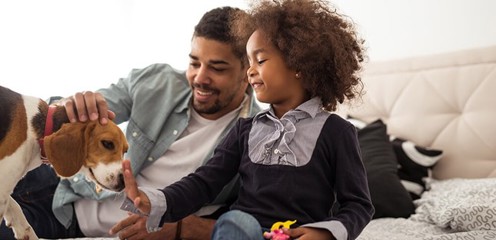
Prepare for your puppy to be a teenager!
You might think you’ve got this training thing sorted then ping!
Those doggy hormones start flowing and you have a cheeky teenager on your hands who doesn’t want to follow your commands any more.
The age when a dog reaches maturity varies; the teenage phase usually starts around six months and completes around 18 months or two years.
Remember, this phase doesn’t last forever. You need to continue with your training but adopt measures where necessary to keep your dog under control, such as using a leash if your dog has been refusing to return to you.
During this time it is advisable to avoid situations that can stress your dog out, as they want to do the dog equivalent of mooching around like a teenager.
Keep socialisation slow and steady and avoid very busy areas. Give your dog lots of attention and keep rewarding your pet for showing positive behaviours.
At this age, dogs often really enjoy their chew toys – the act of chewing is calming for the dog and helps to settle any discomfort due to a developing jaw.
Check your insurance before this point - as well as taking out dog insurance, you should see if your home insurance covers damage caused by pets.
Dog training is not just a one-time thing. Once the basics are laid down in puppyhood, you need to be consistent with your dog and correct problem behaviours before they become entrenched.
At any time, you can pop back to dog training classes or see a professional to help steer your pet in the right direction.
Do you need dog insurance for your new addition? Get a quote from Purely Pets today.
Frequently asked questions
You might not realise it, but playing fetch or tug-of-war can be quite the workout for your puppy. Not only is the puppy burning calories, but you're also strengthening your bond with your furry friend. Plus, seeing the joy on your pup's face as you play together is sure to boost your mood and reduce stress.
Your new puppy will go through basic obedience training, learning commands such as 'sit', 'stay', 'come' and 'leave it'. Along with this, they learn about socialisation and interacting with other dogs and people, which is vital for a well-behaved adult dog. Potty training and leash manners are also part of the curriculum. Remember, a good education lays the foundation for a well-adjusted, happy, and obedient dog.
It's recommended to opt for specially formulated puppy food that is rich in protein and has the right balance of carbohydrates, fats, vitamins, and minerals. Remember, your puppy's breed, size, age, and activity level also play a significant role in determining the kind of food and portion size. Consulting with your vet can also provide personalised guidance.
The best age to start puppy training classes is a topic often debated among pet owners and trainers. However, most experts agree that the ideal time to begin training is as soon as your new furry friend arrives home, which is usually around 7 to 8 weeks old.
Start by setting clear boundaries and using positive reinforcement like treats or praises when they follow your commands. If your puppy misbehaves, saying a firm 'No' can help correct the behaviour. Remember, physical punishment is never the answer. It's essential to understand that puppies are still learning about their world, so patience is key. With these steps, you'll be creating a loving environment where your puppy can grow into a well-behaved dog.
Helpful Pages
Recent Posts
Pet Insurance Quote
- 98% claims paid *
- Claims paid directly to vets
- 24/7 vet video consultations
- Interest free monthly payments

